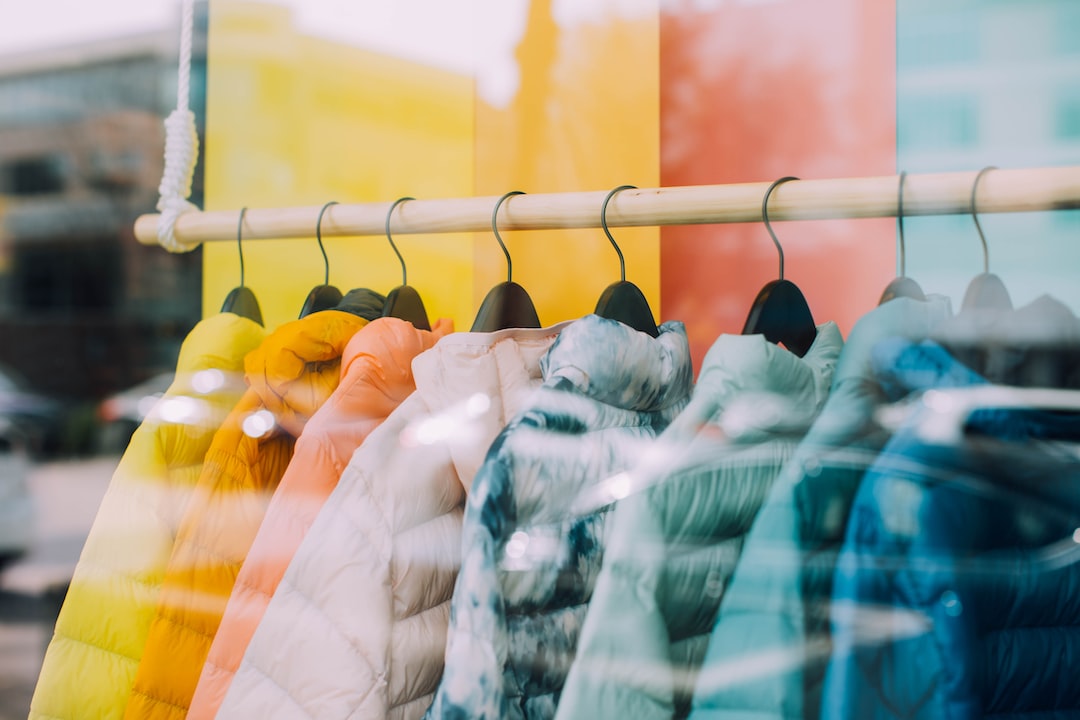How to Optimize Store Layout for Better Customer Experience
Creating a positive in-store experience for customers is crucial for the success of any retail business. When customers enter your store, the layout and design should guide them effortlessly through the space, making their shopping experience more enjoyable and increasing the likelihood of a purchase. Here are some tips on optimizing your store layout for better customer experience.
1. Determine your target audience
Before making any changes to your store layout, it’s important to understand your target audience. Who are your customers? What are their preferences, needs, and shopping habits? By gaining insights into your target audience, you can better tailor your store layout to meet their expectations, resulting in a more positive experience for them.
2. Create a logical flow
One of the key factors in optimizing store layout is to create a logical flow that guides customers through the store. Start by placing high-demand products and popular items at the entrance or near the front of the store. This not only catches customers’ attention but also encourages them to explore further. Organize your merchandise in a way that makes sense – group similar items together to facilitate easy browsing and comparison.
3. Consider the path of least resistance
Customers should be able to navigate through your store with ease. Ensure that there are no obstacles or clutter blocking their path. Use signage and visual cues to direct customers to different sections of the store. Placing clear signage indicating departments or product categories will make it easier for customers to find what they are looking for, reducing frustration and enhancing the overall experience.
4. Pay attention to product placement
Strategic product placement can greatly influence customer behavior. Place high-margin and high-demand items at eye level, as customers are more likely to notice and purchase these products. Experiment with different product displays to find out what works best for your store. Consider using shelves, racks, or tables to showcase certain items, and change displays regularly to keep the store fresh and interesting.
5. Create inviting spaces
Creating inviting spaces within your store encourages customers to linger and explore further. Incorporate comfortable seating areas where customers can take a break and relax, especially if you sell products that require more time for decision-making, such as furniture or electronics. Play soft background music and use subtle lighting to create a pleasant ambiance that enhances the overall shopping experience.
6. Optimize checkout experience
The checkout process is a critical part of the customer’s journey, and a poorly designed checkout area can negatively impact the overall experience. Ensure that checkout counters are easily accessible, properly staffed, and well-organized. Minimize wait times by providing multiple checkout lanes, especially during peak hours. Consider offering self-checkout options or mobile payment methods to accommodate customers’ preferences.
7. Regularly review and adapt
The retail industry is constantly evolving, and what works today may not work tomorrow. Regularly review your store layout and make adjustments based on customer feedback and sales data. Stay informed about the latest trends and innovations in store design, and be open to incorporating new ideas into your layout.
In conclusion, optimizing store layout for better customer experience is essential for the success of any retail business. By understanding your target audience, creating a logical flow, paying attention to product placement, and creating inviting spaces, you can enhance the overall shopping experience and increase customer satisfaction. Regularly reviewing and adapting your store layout ensures that you stay in tune with customer preferences and remain competitive in today’s retail landscape.
